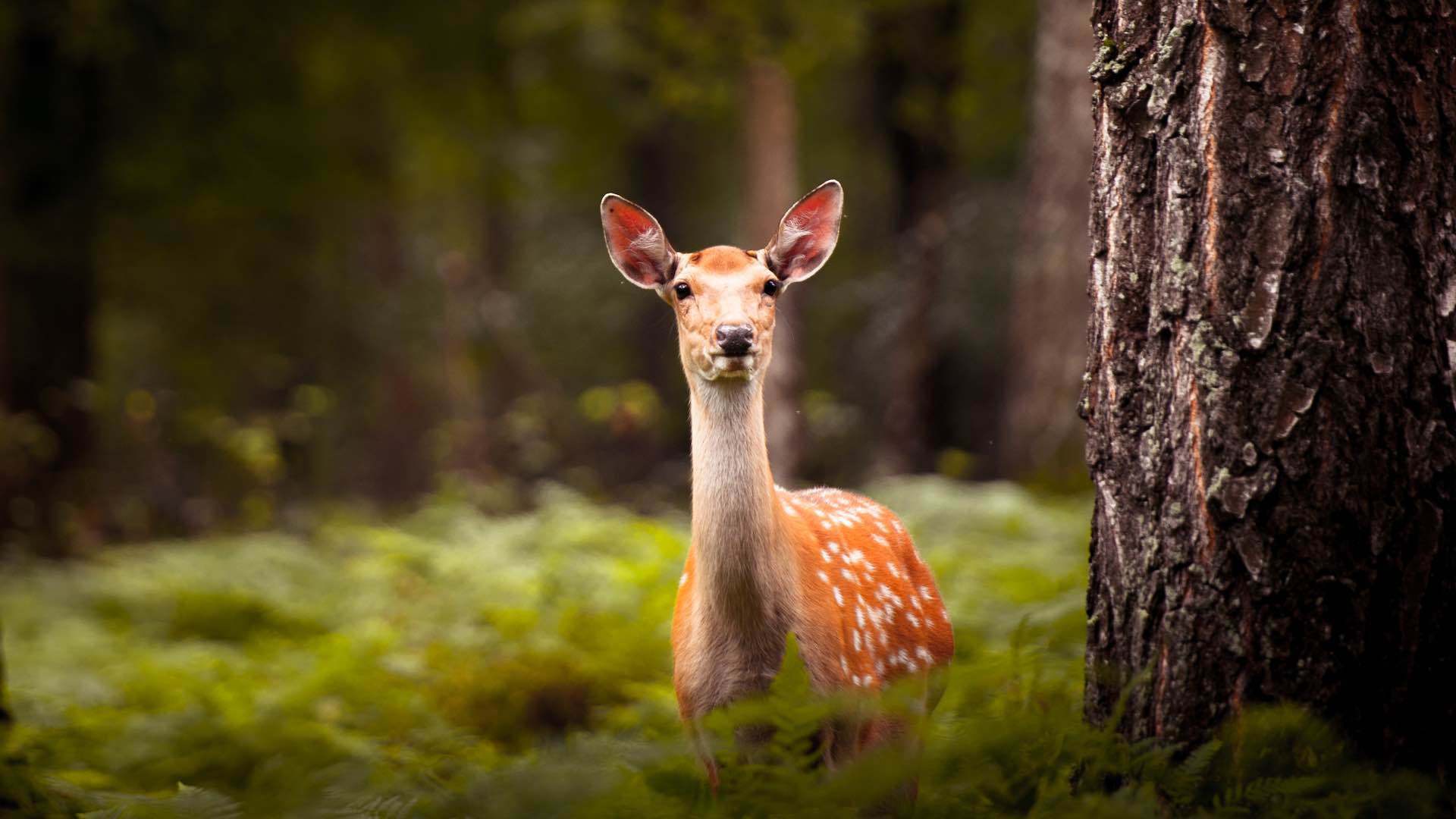Amid the spread of ‘zombie deer disease’ among wildlife, experts remain divided on whether the condition poses a threat to humans, with some pointing to historical precedent and experimental studies to support their concerns. Chronic wasting disease (CWD), identified as a type of prion disease by the Centers for Disease Control and Prevention (CDC), has been detected in wildlife like deer and moose across North America, Scandinavia, and South Korea.
Despite no reported cases in humans to date, the escalating transmission has sparked fears of potential human susceptibility, fueled by studies and the looming specter of climate change impacts. Jennifer Mullinax, an associate professor of wildlife ecology and management at the University of Maryland, underscores the absence of documented transmissions from deer or elk to humans. However, she emphasizes the proactive measures advocated by health agencies to prevent prion diseases from entering the food chain.
Chronic wasting disease (CWD) represents a neurodegenerative condition affecting cervids, including deer, elk, and moose. Unlike bacterial or viral infections, CWD is triggered by misfolded prion proteins, leading to a cascade of cellular dysfunction. The disease manifests through various symptoms such as weight loss, impaired coordination, and difficulty swallowing, earning it the colloquial moniker ‘zombie deer disease’. Its insidious progression, spanning months to years, poses challenges for diagnosis and containment.
CWD spreads among wildlife primarily through direct contact with bodily fluids and contaminated environments. Despite high infection rates in endemic areas, current evidence suggests limited risk of transmission to humans through consumption of infected meat or environmental exposure. Experimental studies exploring the potential transmission of chronic wasting disease (CWD) to humans yield inconclusive findings, reflecting the complexity of interspecies prion interactions.
While some research, like the 2018 National Institutes of Health study, indicates resistance in species closely related to humans, others, such as the 2022 University of Calgary study, suggest possible transmission to ‘humanized’ mice. Michael Osterholm, director of the Center for Infectious Disease Research and Policy (CIDRAP) at the University of Minnesota, underscores the structural differences between CWD and other prion diseases, cautioning against definitive conclusions regarding human susceptibility.
As concerns mount over the potential spillover of chronic wasting disease (CWD) to humans, concerted efforts are underway to enhance surveillance and develop contingency plans. Institutions like CIDRAP and the University of Pennsylvania School of Veterinary Medicine are spearheading research initiatives to bolster understanding and detection capabilities.
While live tests for CWD remain a priority for researchers, ongoing transmission among cervids and the specter of climate change-induced population shifts raise apprehensions about evolving disease dynamics. Vigilance and collaboration across scientific and regulatory fronts are deemed essential in mitigating potential risks associated with ‘zombie deer disease’.



